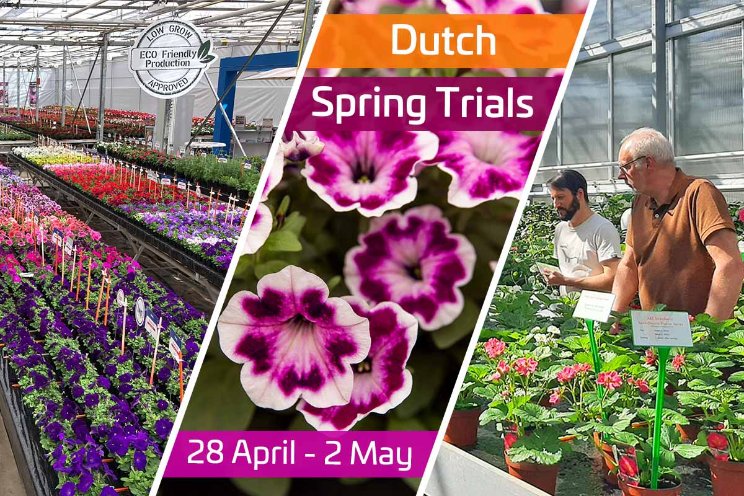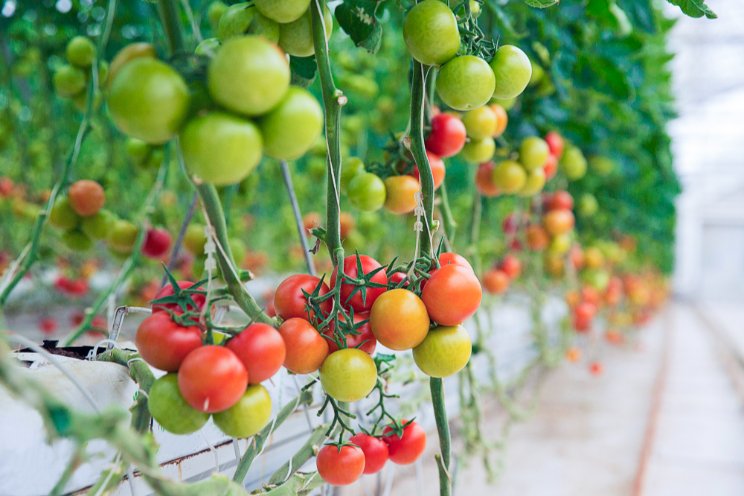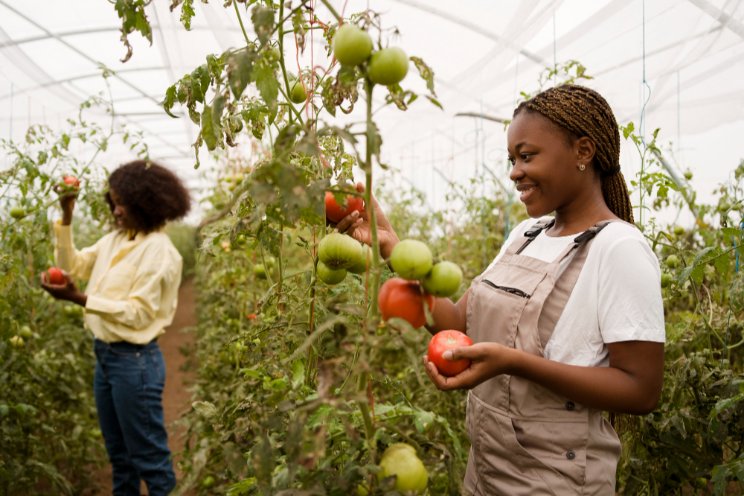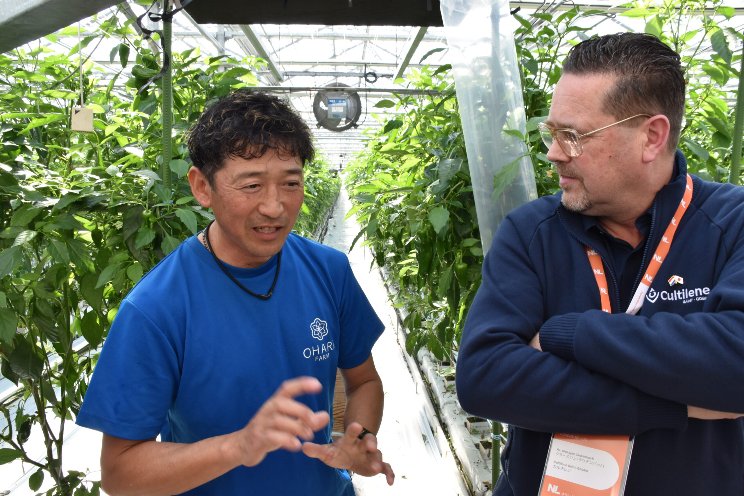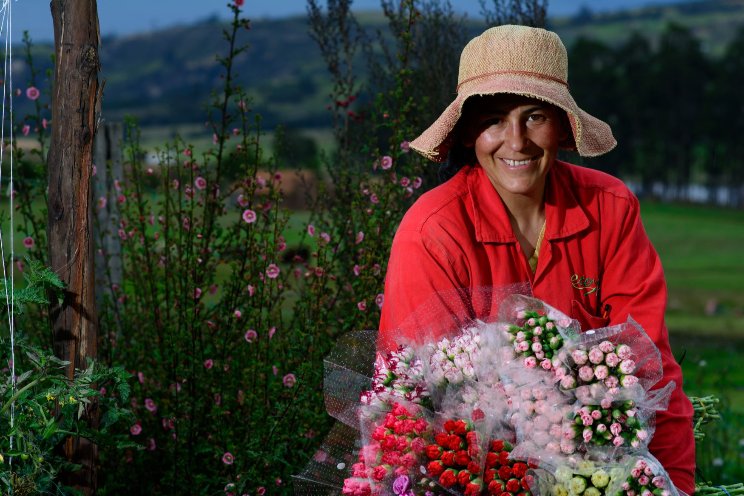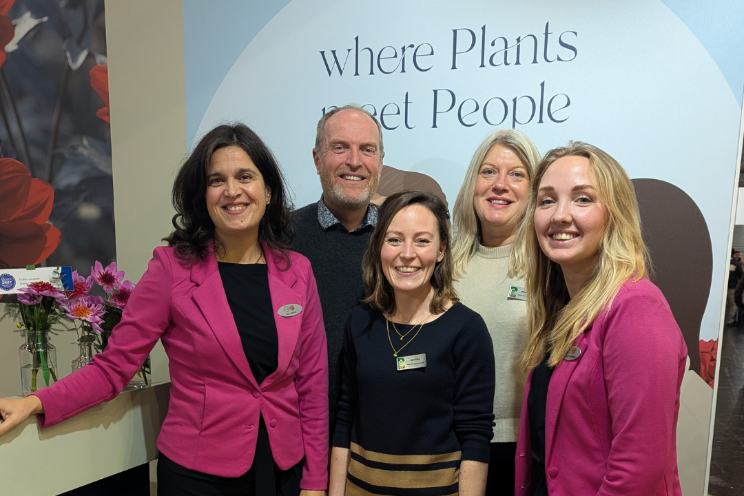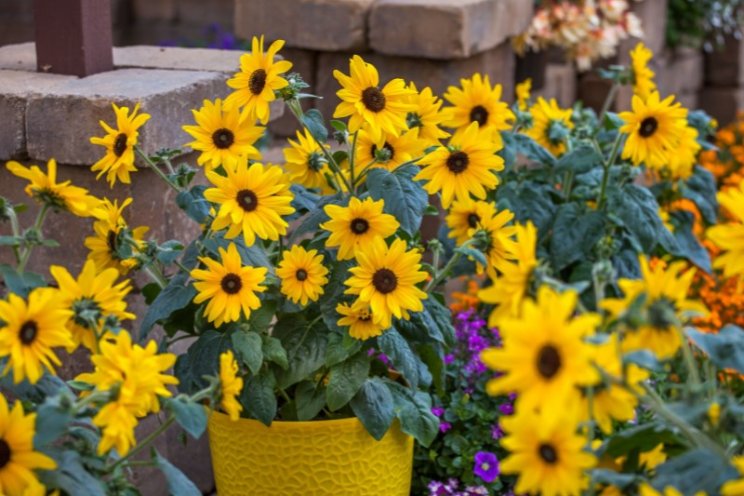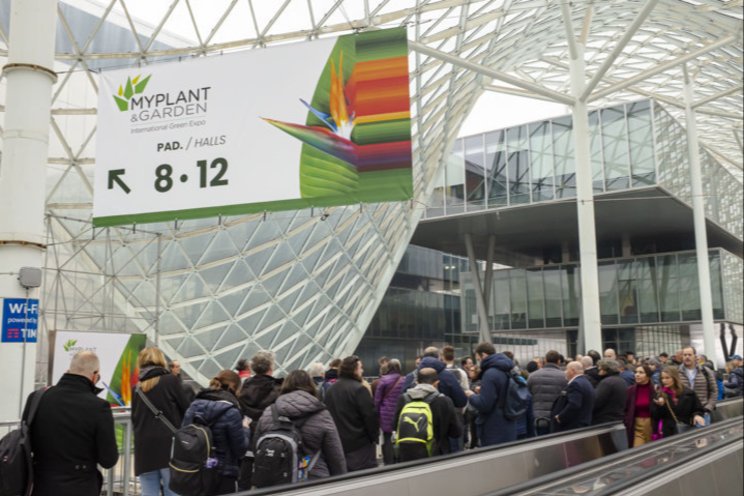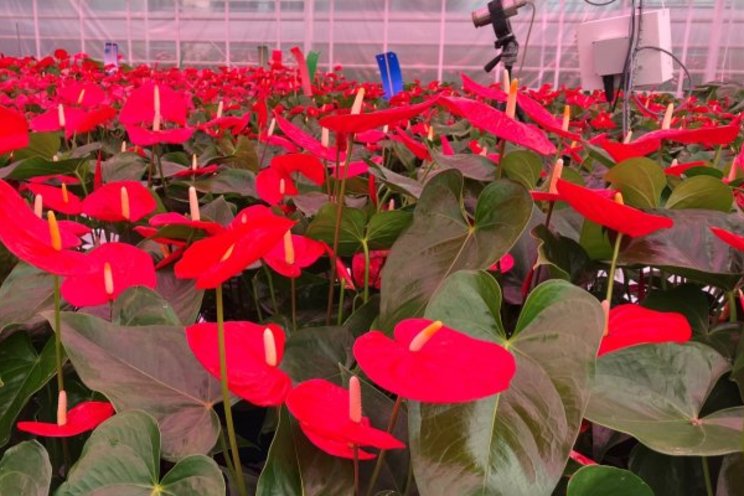Varieties tailored for every climate
Added on 23 October 2024
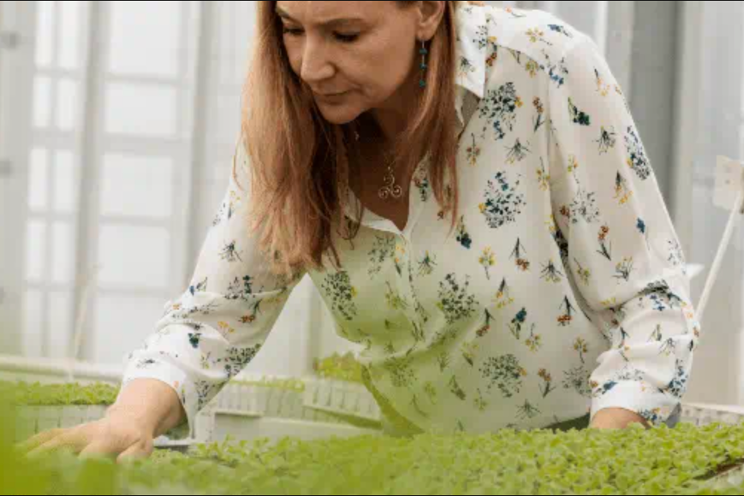
In order to grow vegetables in any climate, fruit and vegetable breeding company Rijk Zwaan develops varieties that are specifically suited to regions where extreme weather is common. Robust varieties that can withstand a blow. “Extreme weather can have a major impact on seed quality and germination”, says Research Manager Seed Technology Agnieszka Doroszuk-Van der Wurff from Rijk Zwaan.
New robust varieties
While large parts of the world are becoming increasingly wetter due to heavy rainfall, other parts are experiencing increasing drought due to extreme heat. There is a great need for locally produced food in all these areas. In order to increase harvest security, more and more vegetables are grown in greenhouses. However, the climate can still have an impact, for example due to a shortage of irrigation water. Rijk Zwaan wants to help growers with new robust vegetable varieties that are resilient to extremes, for both covered and open-field cultivation. “In the Netherlands, many crops for open-field cultivation are sown in greenhouses, while abroad they are often sown directly in the field. Examples include brassicas, carrots and other umbelliferous crops,” says Agnieszka Doroszuk-Van der Wurff. “Climate change is affecting the available water quantity and quality, among other things. In Spain, for example, osmosis water is often used and mixed with normal water, because it is cheaper. In spring, the first growth phase of many crops, it is increasingly dry and hot there. As a seed supplier, we have to take that into account. In the Netherlands, the water problem may be less serious. Here, we pay more attention to energy use, space utilization and labor requirements. Every meter of a greenhouse must be used optimally; our seeds must therefore always germinate well.” According to Doroszuk-Van der Wurff, a germination percentage of 60 or 70 percent is unacceptable because it leads to a waste of energy and space. “In addition, there is the need to grow more and more sustainably. That limits the use of chemical additives.”
Author: Jacco Strating
More news
